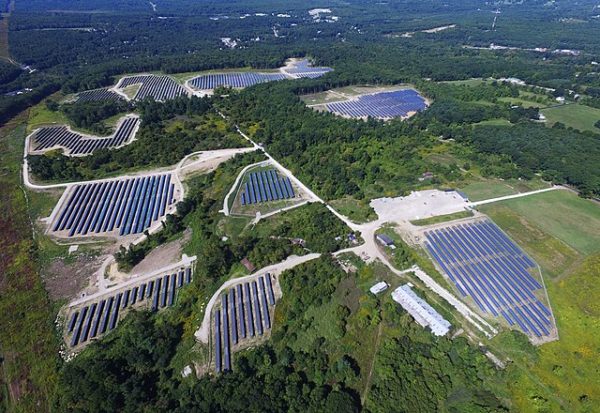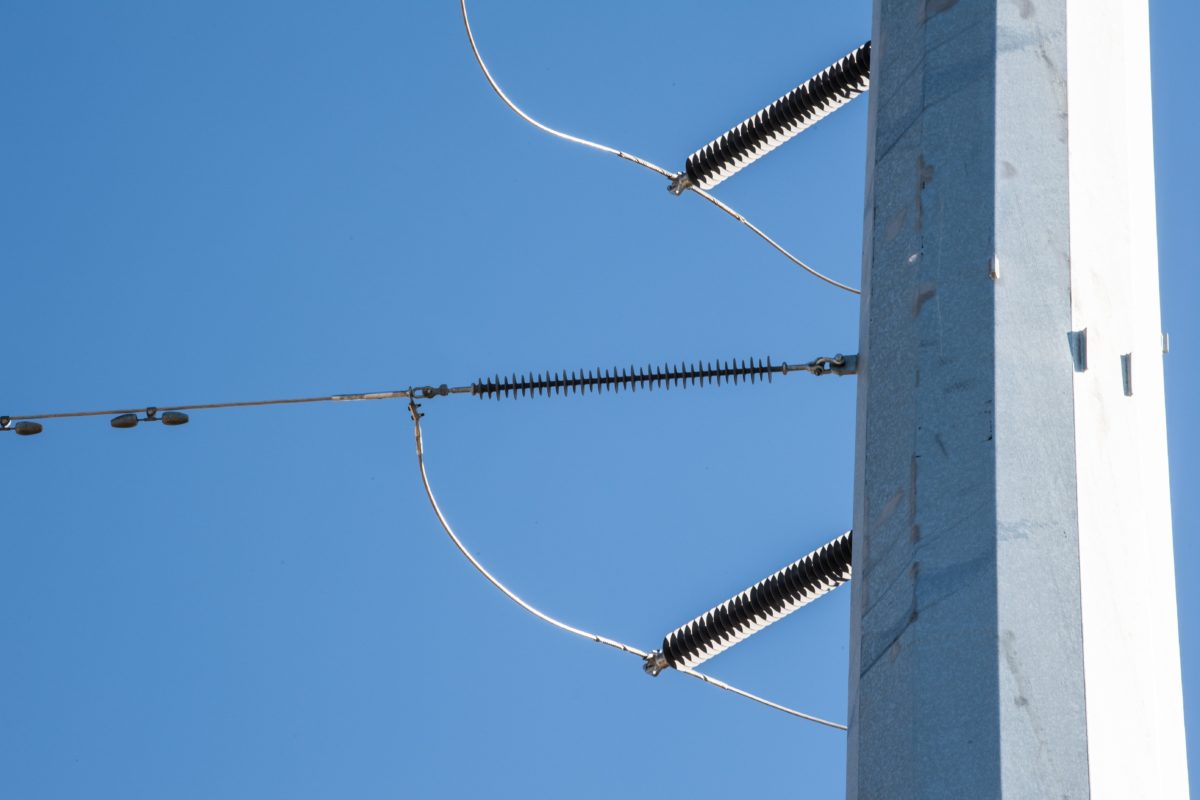An aging grid and high interconnection costs for a growing backlog of renewable energy projects are the focus of Massachusetts state legislators and solar industry leaders.
In a recent letter to the Department of Public Utilities (DPU), 25 state legislators voiced support for an interconnection cost allocation approach that would help ensure solar initiatives currently in Eversource and National Grid studies can move forward in a fair, timely, and financially viable fashion.
Typically, interconnection in the state has occurred in a rolling single-basis fashion. With the advent of the Massachusetts SMART incentive program, an influx of new solar projects entered the interconnection queue. This led Eversource and National Grid to implement group studies to approve interconnection.
Currently, about 679 MW of solar are under review in the group studies, which began last October.
Some projects submitted interconnection applications as long as three years ago and may have to wait an additional five years for upgrades to be completed, according to the letter.

Image: Wikimedia Commons
The letter pushes for an interim interconnection solution for solar projects currently in development so they will receive an interconnection cost estimates in the next 1-3 years before system plans are approved.
In an interview with pv magazine USA, Jessica Robertson, Borrego Solar’s director of policy and business development, said “If we don’t have a new way of structuring cost allocation, the costs for all these projects will be prohibitive, and they will be cancelled.”
She warned that multiple solar projects would end up going back to the starting line without a process to share costs.
The letter to the DPU estimated a potential loss of 6,800 jobs, and $300 million in lost municipal revenue due to interconnection costs and delays. It said that a a number of stalled projects are sited on farms that depend on solar lease revenue to exist.
Sidewalk vs interstate
The legislators said that a longer-term solution must be developed to enable the state to pursue its clean energy goals. Their letter advocated for advanced technologies and study methodologies to find less infrastructure-intensive solutions. They expressed concern that the Commonwealth will not be able to bear the costs of interconnecting if renewable energy project are routinely required to pursue upgrades of the current magnitude.
“It is sort of like in real estate development,” Robertson said. “You can have the building owner pay for the repaving of the sidewalk in front of their building, but you can’t have them build the entire interstate. There’s a shared benefit in the use of that interstate, and a shared cost.”
Free ridership?
Borrego Director of Interconnection Policy Kathryn Cox-Arslan said one area for improvement is the concept of “free-ridership.” Projects that can afford the cost of interconnection upgrades are able to move forward, while other projects follow and take advantage of the enabled capacity.
“Projects should be paying their fair share for system access, but there should also be an acknowledgement that those upgrades don’t benefit just one facility, but support multiple facilities,” said Cox-Arslan.
Leaders from National Grid, NECEC, CCSA, SEBANE, SEIA, MassSolar, Zero Point Development, Borrego Solar, Nexamp, Bluewave Solar, Ameresco, SunRaise Investments, and Sol Systems all signed an additional letter calling for action.
The group studies are slated to be completed between August and October, and the legislators urged state regulators to move forward with an interim solution by then.
<i> This article was changed to show “National Grid” instead of “Future of Electric” in the list of organizations that signed the letter calling for action. Future of Electric is an organization within National Grid. </i>
This content is protected by copyright and may not be reused. If you want to cooperate with us and would like to reuse some of our content, please contact: editors@pv-magazine.com.









By submitting this form you agree to pv magazine using your data for the purposes of publishing your comment.
Your personal data will only be disclosed or otherwise transmitted to third parties for the purposes of spam filtering or if this is necessary for technical maintenance of the website. Any other transfer to third parties will not take place unless this is justified on the basis of applicable data protection regulations or if pv magazine is legally obliged to do so.
You may revoke this consent at any time with effect for the future, in which case your personal data will be deleted immediately. Otherwise, your data will be deleted if pv magazine has processed your request or the purpose of data storage is fulfilled.
Further information on data privacy can be found in our Data Protection Policy.